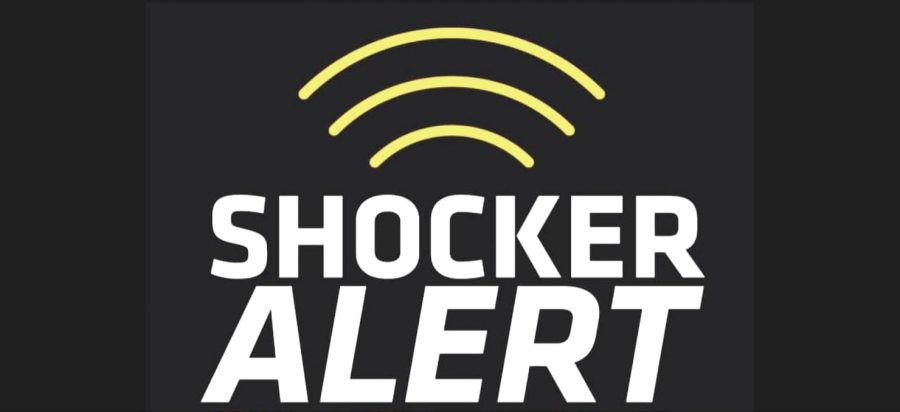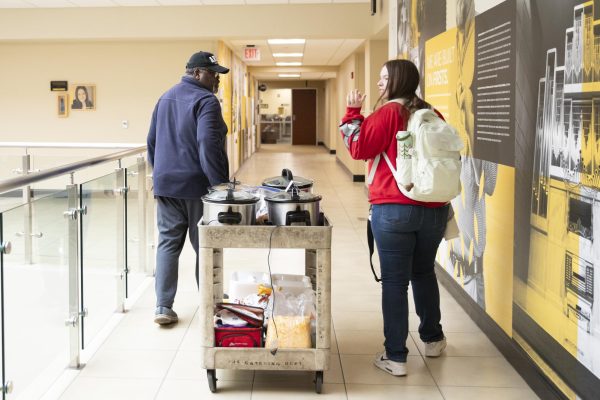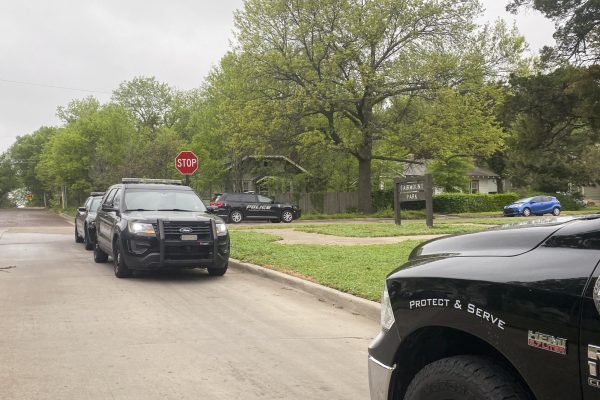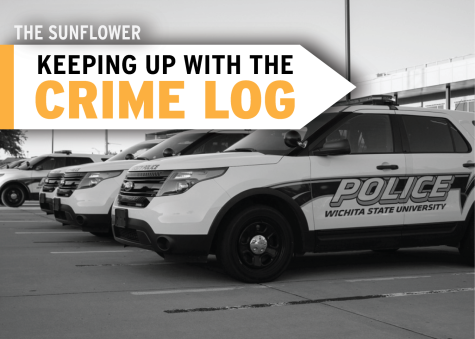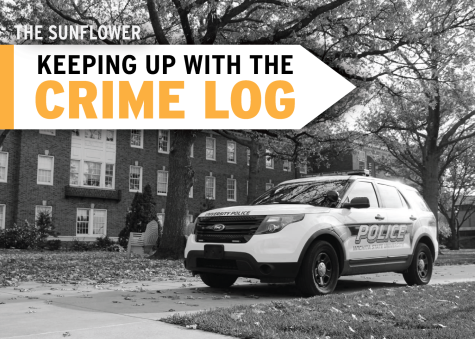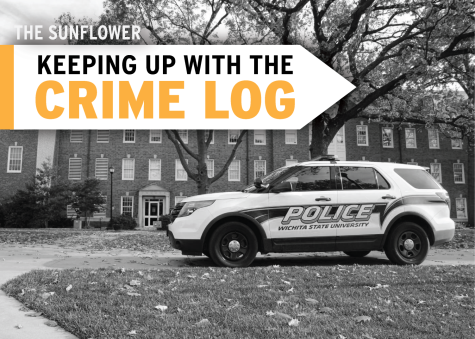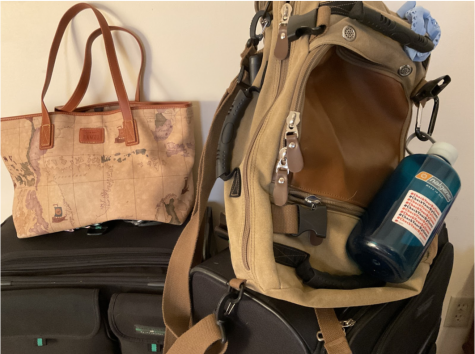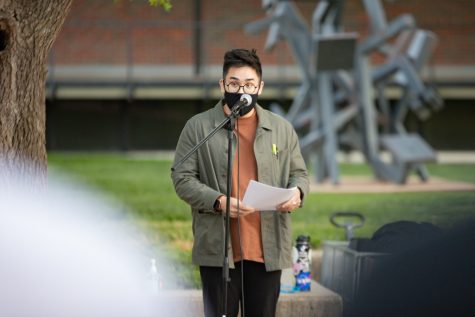ShockerAlerts: Are they for on-campus emergencies only?
An emergency alert went out across Shocker nation Tuesday, after a fire was reported in McKinley Hall. The WSU ShockerAlert system took center stage with its sound and color flashing across monitors, popping up on phones, and landing in inboxes from Ablah library to Old Town.
The ShockerAlert system worked as advertised, in a textbook situation — on campus and for a potentially dangerous situation — both of which qualify it as an unquestionable emergency alert situation. But what happens if there’s a fire off campus or an active shooter right down the road?
You might assume off-campus threats would constitute an alert if the situation was close enough or dangerous enough, but at most colleges and universities, that’s not the case.
Last Thursday, a shooter was on the loose in State College, Pennsylvania, less than two miles from the Penn State campus. How did the university handle it?
They didn’t.
The shooter first killed his girlfriend, then two others at a local bar. He fled the scene, crashed his car, and broke into a nearby house where he shot and killed the owner.
During that time, PSU issued no warning either through their emergency alert system or online. PSU community members noticed something was missing, as reports spread of the shooting despite PSU’s silence. Students and parents took to social media to voice their frustration and openly criticize the university.
PSU defended their decision on Friday, when university spokeswoman Lisa Powers said their campus alert system only includes incidents in “Clery-reportable locations.”
“The safety of our students is a top priority at Penn State,” Powers said. “State College Police responded to the shooting in the borough last night as it was not on Penn State’s campus. The alert system includes incidents that are within Clery-reportable locations.”
Like Penn State, WSU is bound by the federal regulations outlined in The Clery Act, a federal statute enacted in 1990 that requires universities that receive federal financial aid to report annual crime statistics, maintain a daily crime log, and provide “timely reports” regarding criminal activity that is considered an ongoing threat to the campus community.
The Sunflower asked WSU Associate General Counsel, and Chair of the Clery Committee, Molly M. Gordon if university policy is based exclusively on the Clery Act requirements.
“Timely warnings are only issued in response to the occurrence of crimes specified in the Clery Act. Other dangers to the campus community are addressed through a safety alert or an emergency notification,” Gordon said. “The main point in this is, and this is straight from Clery, is to issue a timely warning or emergency notification for crimes that pose a serious or continuing threat to the campus.”
Examples that Clery gives are meningitis outbreak, gas leak, bomb threat, approaching tornado, and active shooters, but some things aren’t required under clery like power outages and snow emergencies.
“If something happens off of campus but kind of close to campus and it’s handled by another police force, we might not find out until the next day,” Gordon said. “Just because a university doesn’t issue a timely warning or doesn’t issue a safety notice doesn’t mean the university isn’t concerned or wanting to help in that regard.”
In events that wouldn’t normally be covered by The Clery Act Gordon said, “some information will now be distributed to the campus community via an emergency notification.”
The new alert policy is part of WSU’s Emergency Operations Plan (EOP) which covers emergency preparation, planning and training for handling campus emergencies. As part of the university’s EOP revision process, WSU updated their emergency notification policy.
As of July 16, 2018, WSU Policies and Procedures: 20.21 now lists three campus alert policies for:
- Timely Warnings
- Safety Alerts
- Emergency Notifications
Timely Warnings and Emergency notifications are clery terms, and they’re defined by clery regulations as well. That won’t change and neither will area that’s covered by those two notification policies. But safety alerts are up to the university.
Gordon said safety alerts can be issued when a timely warning is not required.
“What we mean by that is it’s not within our Clery geography so Clery says you don’t have to do anything. We’ve given guidance in our policy to say, ‘we’re not required to do anything by law but we want to keep our community informed of things that are happening. So that’s where the safety alert came in,” Gordon said.
As for sending an alert via the ShockerAlert system, Gordon said, “that’s all UPD.”
The Sunflower spoke to Chief Clark of the University Police Department to ask if the ShockerAlert system could be used for off campus emergencies if they’re outside UPD jurisdiction. If there were a shooting incident like the one in College Station, Pennsylvania Clark said he would put out an alert if he felt the situation might threaten campus.
“We’ve actually done that before — if it’s close enough to campus,” Clark said. “It depends on what’s going on, but certainly somebody waves a gun around, they’re running towards as opposed to away from us that makes a difference. The whole point of it is are they posing an immediate threat?.”
Clark said that nothing in his time as Chief has been an active threat to the campus.
“We deal with close proximity things all the time, criminal activity right off campus and we still send out an alert to let people know this is going on,” Clark said.

Audrey Korte was a reporter and the opinion editor for The Sunflower. She hosted The Sunflower News Podcast.




